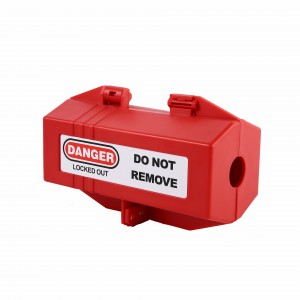In many enterprises, Lockout/Tagout (LOTO) procedures are either not standardized or are overly generalized. This creates a massive blind spot in workplace safety. When procedures aren’t tailored to specific machines, the risk of accidental energy release rises. Customized LOTO steps per device aren’t just nice to have—they’re essential. Machines vary in complexity, and using a one-size-fits-all approach is like trying to fix every leak with duct tape. It doesn’t hold up under pressure.
A major pain point in LOTO execution is the lack of seamless collaboration across departments. Traditional LOTO relies heavily on coordination between operators, technicians, and maintenance crews. But in real-world environments—especially in large, complex facilities—miscommunication is practically guaranteed. If roles aren’t clearly defined and communication channels aren’t established, the result is often confusion and errors that compromise safety.
Even when procedures are in place, many companies fail in another critical area—ongoing supervision and audits. Safety protocols must evolve alongside the equipment. Automation upgrades or new devices render old procedures obsolete. Yet, annual reviews and updates are often skipped or rushed. Without regular audits, unsafe habits creep in, and outdated steps remain in use—until something goes wrong.
The absence of rigorous oversight and up-to-date processes leads to complacency. Employees begin to treat LOTO as a formality rather than a serious safeguard. When audits are infrequent, and no one is watching closely, corners get cut. And in high-risk environments, that’s a recipe for disaster.
To raise the bar, companies must take a proactive approach. This includes creating machine-specific LOTO procedures, fostering clear interdepartmental communication, and enforcing regular audits. Only then can they ensure a robust, adaptive safety system that protects both people and productivity.
Post time: May-05-2025

